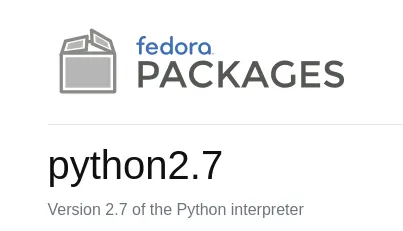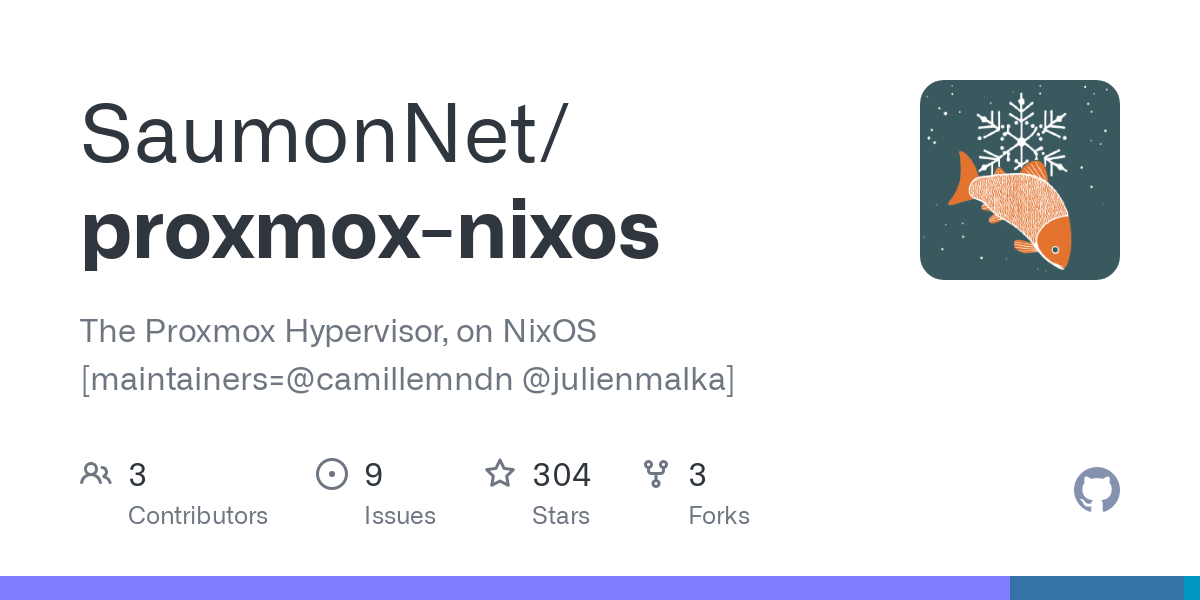- 9 Posts
- 18 Comments

 8·7 days ago
8·7 days agoThose are all good reasons. XFCE aims to support Wayland with the next release, so if they choose to use an established compositor it shouldn’t be too buggy.
With XFCE porting their apps over the setup shouldn’t change much, unless you’re using Xorg specific tools.
Over the last few years most features I’d expect from a windowing system were added to Wayland, so I expect the drama to cool down. (I don’t even know what’s still missing (except accessibility), with VRR, tearing, DRM leasing (VR), and global hotkeys being done. It’s just apps like Discord that have to cave in under the pressure to fix their apps.)
Once everything works, there’s no point talking about it.
@Furycd001@fosstodon.org

 35·7 days ago
35·7 days agoI wonder how long it’ll be possible to build Gnome with Xorg support. If I had to guess I’d say there won’t be any support within the next 3 years, because keeping future Gnome working with Xorg is work nobody wants to put in.
That said, Xwayland will likely keep being around for the foreseeable future.
Out of curiosity, do you use Xorg and if yes, what’s keeping you from using Wayland?

 1·8 days ago
1·8 days agoI’m using Proxmox with a NixOS LXC for Jellyfin/*arr. The media is stored on a single btrfs HDD, because high uptime (RAID) isn’t necessary for me and it’s media I can simply redownload.
I’m looking into switching to NixOS on bare metal, because I don’t need the UI of proxmox and most other features.
Symphonium is great for music, even though it’s closed source and paid. I’m mostly using Spotify though.
Findroid is an awesome native Android app for watching tv/movies, altough it doesn’t support transcoding.
Fedora also has their own flatpak remote, which only includes flatpaks build from Fedora rpms.
I’d say flatpak isn’t the future because it’s already here and seems to be universally accepted as the cross-distro package manager.
I do like how the Nix package manager handles dependencies, but it’s not suitable for app developers packaging their own apps because of its complexity.
If a better flatpak comes around I’d use it too, but at least for graphical apps I don’t know what it’d have to do to be better. In my opinion, flatpak is a prime example of good enough, but not perfect and I’d be surprised if there was a different tool with the same momentum in 15 years (except snap, but they seem too Ubuntu specific).
This post was posted two times, so you might want to delete one of them.
Bookmarks and GPX export is a great addition. OrganicMaps continues to improve and I find myself using OsmAnd less and less (unless I need specific features).

 2·9 days ago
2·9 days agoI’ve now added the date to the title to make it more clear the article is from two months ago. The article is a good read and wasn’t posted on here, so I thought it’s still worth sharing.
Spotify and Crunchyroll also require DRM, like almost all commercial video sites.

 6·11 days ago
6·11 days agoMany flatpaks are not aware of their sandbox and thus have a bad ux.
E.g. flatpak Steam can’t access SteamLibraries at a non-default location, unless the user manually allows the path through flatseal. The same is true for other similar apps which don’t use the file portal.
Issues like this are unexpected for new users and thus it can be argued that flatpak aren’t a good recommendation for new users. I personally disagree because most flatpak work flawlessly and work everywhere independent of a users distro.
That’s awesome. Is it as simple as adding the microG repo to F-Droid and installing from there?
Adding to that, there’re builds of LineageOS with microG preinstalled, which should be relatively similar to CalyxOS.

 1·28 days ago
1·28 days agoIt’s definitely just my opinion. Honestly did not mean to imply otherwise.
For my opinion I usually create a comment below my post to seperate my opinion and the post itself.
On-topic: I do believe it’s useful to have this switch and there’s nothing stopping distros to change their default. Completely replacing the default keybindings might be surprising to long time users, but I also believe it should be done at some point. For the meantime this switch can be simply added as an alias.

 0·1 month ago
0·1 month agoAre you using multiple monitors? With X11 multi-monitor setups one of the monitors always tears if the framerate aren’t multiples of each other (e.g. 120Hz + 60Hz works fine, 144Hz + 60Hz results in tearing with one of them). This is also the case with variable refresh rate (FreeSync), but VRR shouldn’t be an issue as it’s not enabled by default on X11 iirc.
You’d have to manually enable Wayland, because PopOS disables it by default (does not show in the login menu/GDM). Keep in mind that PopOS is based on Ubuntu 22.04, which is quite old at this point. Wayland might not be as good of an experience for you because lots of improvements happened over the last two years.
PopOS will release their new COSMIC wayland desktop environment with updated packages in a few months, which should work well for gaming and fix your tearing issues.
If you want to try whether Gnome Wayland solves your issue, you can edit
/etc/gdm3/custom.confand setWaylandEnable=true. After a reboot you should be able to select Wayland in the bottom right corner at login.

 1·1 month ago
1·1 month agoIt’s important to note that Android ≠ AOSP (Android Open Source Project). Most of the actually interesting features advertised in a new Android release won’t be available to you if your not installing Google Services.
E.g. heavily advertised features like Android 12’s “Material You” adaptive themes aren’t even available on AOSP and thus GrapheneOS, CalyxOS or LineageOS.New privacy features often already existed for years on custom ROMs like LineageOS.
This is why since around Android 10 I’m not even following new Android releases, at least not beyond reading glancing over an article. I didn’t even notice my phone updated to from 12 to 13 (GrapheneOS) until I noticed the new background apps menu, which is pretty much all of the changes.
Edit: Being able to set a language per app is a great feature of Android 13.
Edit 2: As pointed out in comments below, my Material You example was wrong.
A better example are heavily advertised translation and image editing features, which are sometimes locked to Pixel and definitely locked to installs with Google Services. Same is true for apps like “Digital Wellbeing”, which don’t work on AOSP but its features are advertised as Android features.
tl;dr
Android updates are even more uninteresting if your using a custom ROM, because most features won’t even be available in open source Android.

 1·4 months ago
1·4 months agoOn Firefox Android after ~100 tabs the amount is replaced with ∞.







From systemd licenses readme:
I can understand critism of systemd for its tools only working with itself and not with any other Unix tools. But it’s absolutely a conspiracy theory to think they’d want to charge for systemd. Though I do agree that if someone was charging for systemd (which they can’t because its open source), open source alternatives would pop up.